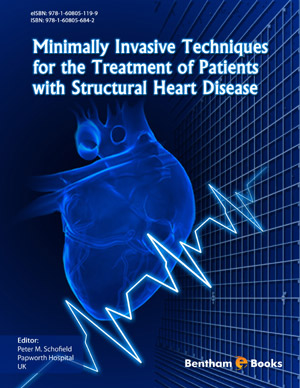Abstract
Balloon valvuloplasty is a percutaneous technique that has transformed the lives of thousands of patients disabled by valvular stenosis. However, it is not a panacea for all stenoses and the key to success is in patient selection. Balloon valvuloplasty works best in valves with predominately commissural fusion and little in the way of leaflet thickening or calcification. Young patients with congenital bicuspid aortic or congenital pulmonary valvular stenosis, or any valve with early rheumatic stenosis often have mobile leaflets with commissural fusion. These patients enjoy excellent results from valvuloplasty with extended periods of freedom from re-intervention including surgery [1-5]. Once the valve becomes heavily thickened and calcified, regardless of the original aetiology, not only are the benefits of valvuloplasty reduced, but the risks are also higher. This chapter aims to explain the details behind valvuloplasty of the aortic, mitral and pulmonary valves.






















